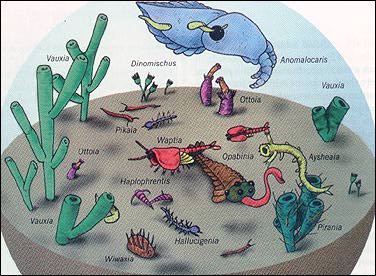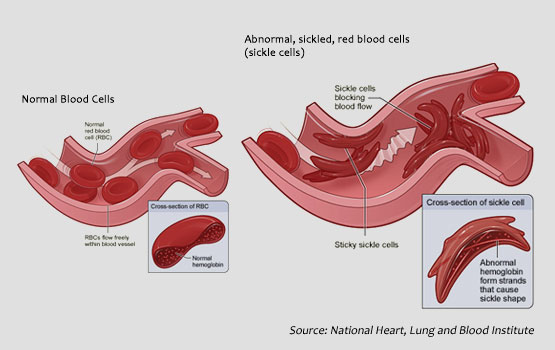A few days ago I was at a presentation by Dr. Glen Doran concerning his excavation of the Windover site near Titusville, FL--the largest deposit of ancient humans in the Western hemisphere. It was engrossing to learn of the remains found at this site spectacularly preserved from over 7,000 years ago in a peat bog containing not just bones, but also delicate remains such as actual human brains, fabric and plant remains.
Something captured my attention and imagination.
One of those plants didn't belong there.
It was tens of thousands of miles away from where it should be.
The calabash, also known as bottle gourd is as ubiquitous as humans. It's found on every continent and most well populated islands in Oceania. Genetically it's most likely origins are in south Africa since this is the site of the greatest diversity (it's often true that diversity indicates provenience since it's been there longer and had more time to diversify). While other origin explanations for the far-flung spread of bottle gourds certainly exist (like sea dispersal) one credible origin story is fascinating.
 |
| Historic Spread of the bottle gourd. |
Perhaps the bottle gourd is the first domesticated plant. It's entirely possible that the first settlers of the Middle East and Asia brought it with them and that seeds were brought into the New World in the packs of the first few intrepid souls crossed the Bering Straits. There's a bottle gourd found in a cave in Peru that may be as old as 13,000 years ago. Can't you just see the first few wanderers that set out from Africa carrying calabash water jugs strapped over their sun scorched backs? Can't you just see fur clad hunters trekking through snow over the Bering Straits after mammoth with gourds filled with folk medicinal herbs? Can't you just see brave Polynesians sipping cool precious water from these vessels of life after many weeks at sea colonizing Hawaii and Oceania? Can't you hear the earthen rhythms of this instrument played in every corner of the world? It may have been one of the first instruments! How many thirsty mouths have been quenched by this one fruit?! How many sustaining foods stored in its safe recesses? How many fire side ritual ceremonies performed to its hollow sounds?!
The significance is still felt today. West Africans use these gourds for all kinds of containers and instruments. Chinese use it for traditional medicine. New Guineans use them for penis sheaths. It's a traditional serving dish in Hawaii. Incas passed symbolic bottle gourds from one generation to another. Indians use the gourds to make the well known instrument called the sitar. This is a fruit worthy of respect and learning more about.

























